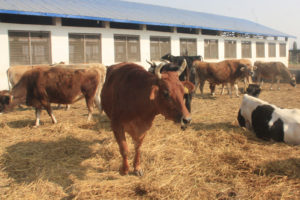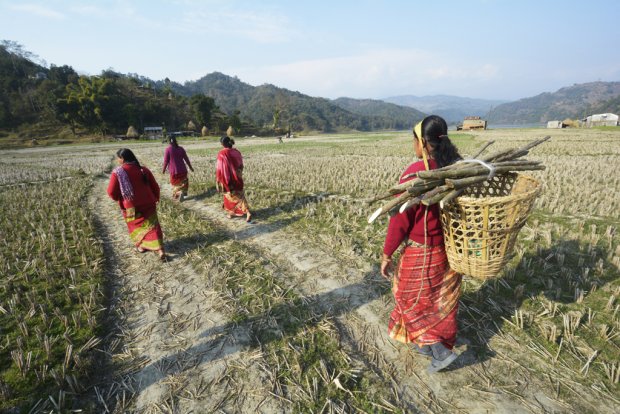Nepal’s Dairy Sector Seeks Government Intervention Amid Milk Shortage
- Nature Khabar

Nepali dairy associations, including the state-run Dairy Development Corporation (DDC) and private entities like the Nepal Dairy Association and Dairy Industry Association, have approached the Ministry of Agriculture and Livestock Development. They urge the government to reconsider the ban on skimmed milk powder imports, citing potential shortages in the domestic market.
Prahlad Dahal, the Nepal Dairy Association's president, highlighted that this plea has been ongoing for the past four months. The associations have pointed to challenges such as the Covid-19 pandemic and the outbreak of lumpy skin disease in livestock as significant factors behind the reduced milk production.
Historically, Nepal saw a surge in milk imports, amounting to $18.7 million in 2017. However, by 2018, the government imposed restrictions on such imports, briefly lifting them in 2019. This decision was quickly reversed due to local farmers' concerns about being unable to sell their produce. Notably, Nepal has also prohibited the import of Chinese milk and dairy products since 2008.
Rajendra Prasad Yadav, from the National Dairy Development Board, mentioned that they would be discussing the current situation and potential solutions to address the looming crisis. The discussions aim to understand the reasons behind the drop in milk production and devise strategies to tackle the issue.
Reports suggest that Nepal's annual milk consumption requirement is 92 litres per person, with the country producing only 72 litres per person. This production meets about 80% of its needs. The current average deficit stands at approximately 550,000 litres of fluid milk daily, with fluctuations between the lean and flush seasons.
The Department of Livestock Services indicates that while milk production grows by 4% annually, the demand increases at a rate of 8%. This disparity suggests that without significant changes, the demand-supply gap will continue to widen.
Dahal emphasized the urgent need for imports, especially as the lean season commences. He hopes for a temporary lift on the ban until the Tihar festival in mid-November.
Several factors contribute to the decline in milk production. The Covid-19 pandemic severely impacted commercial animal husbandry, leading many farmers to abandon the profession due to significant losses. The economic downturn and reduced demand during the pandemic further strained the sector, causing farmers to cut back on animal feed expenses, affecting livestock fertility.
Moreover, the shift in overseas migration patterns and increased remittances have transformed former milk-producing families into consumers. Dahal believes that mere grants are insufficient; the dairy sector requires a comprehensive revamp.
Sanjeev Jha of the DDC revealed a daily milk deficit of around 60,000 litres, especially pronounced during the lean season from mid-April to mid-August. With the Kathmandu Valley alone requiring 75,000 litres of milk and 3,000 litres of yoghurt daily, the need to reconsider the import ban becomes evident.
In a related note, India's milk production remained static in 2022-2023 due to cattle diseases and the Covid-19 pandemic's repercussions. Despite these challenges, India remains the world's top milk producer, contributing 24% of the global milk output in 2021-2022.
Lastly, a 2021 National Statistics Office report highlighted that there are 6,486 medium to large commercial livestock enterprises in Nepal, with dairy cows and buffaloes producing significant amounts of milk during their lactation cycles.





Feedback